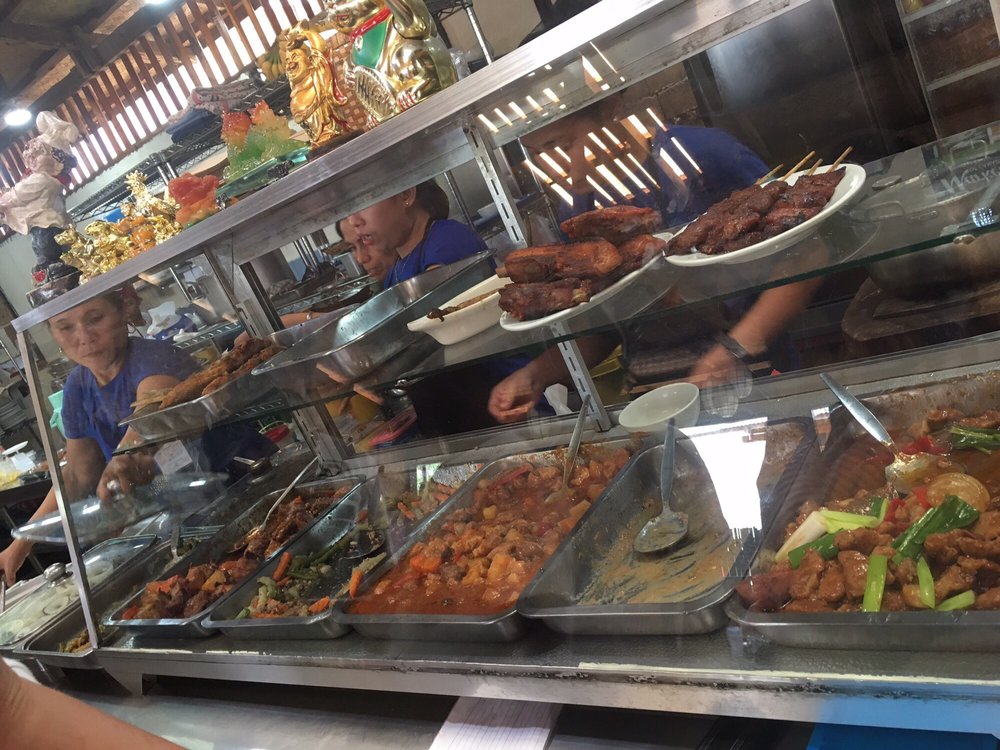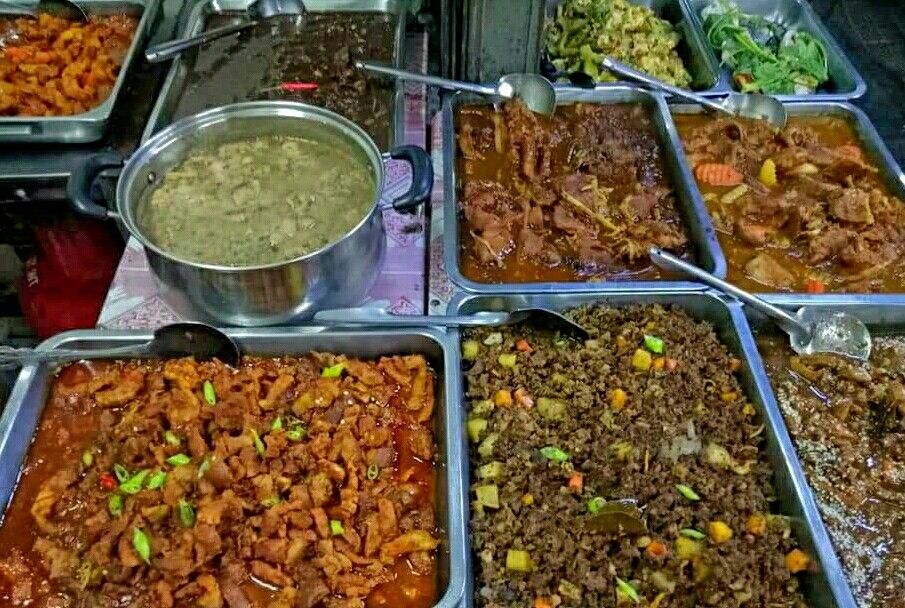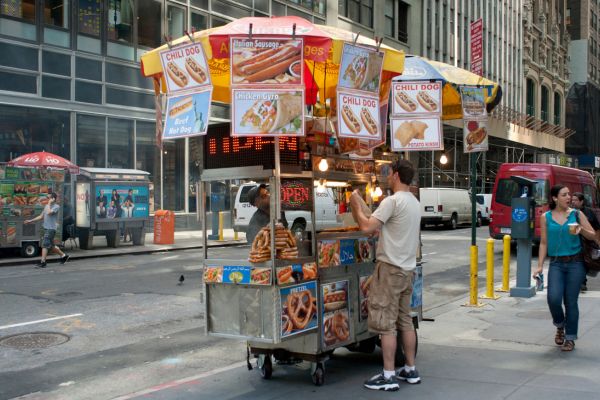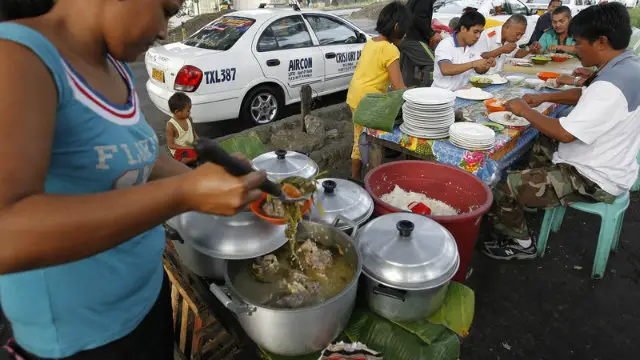A carinderia business may be one of the labor-intensive companies to operate. But this can also be one of the most rewarding types of businesses to invest in the Philippines as you serve hungry customers while turning a neat profit when appropriately managed.
A local eatery — locally known as karinderya or turo-turo — is a commonly observed type of business in the Philippines. Whether you’re near the market, schools, bus terminal, or office buildings, a karinderya is not difficult to find. And it’s not too difficult to start the business either. With accessible sources of ingredients, a complete set of utensils, and available space, you can even begin your eatery business right at your home.
Table of Contents
Capital money
Apart from the table and chairs, table, and cooking utensils, the bulk of capital will be spent on the purchase of ingredients such as meat and poultry, vegetables, spices, and condiments. A small carinderia or food kiosk requires a startup fund of about P15,000, which will be useful to buy two weeks’ worth of ingredients, business permit fees, cooking utensils, fuel, and space rental. Assuming a net income of P600, you’re business is expected to break even within the second month of operations.
Cooking materials
If you are going to provide a variety of meals — soup, stew, veggies, and more — you need more stuff to store, prepare, cook, and serve them. To save time cooking, you need more cooking stoves (or one that uses firewood or charcoal), and pots to prepare and place food on. Of course, you need tables and chairs, barbecue pits, glasses, dishes, spoon and fork, peelers, knives, grinders, condiments, toothpick containers, and other accessories helpful in either the dining table or the kitchen.
Labor
It’s a given that a cook is needed to operate a karinderya or catering business, but also another staff is required. From dishwashers and cleaners to waiters and cashiers, the number of staff may initially depend on the number of the first wave of customers. As loyal customer number — and menu list — grows, more work is then available, so extra staff is necessary.
Location
The choice of location can make or break a restaurant business. This principle also applies to much smaller carinderias that compete against other low-cost food options. Places frequented by people — areas near schools, public transport, or within open markets — are ideal places to set up carinderias. But even if the carinderia business is located in your backyard, it will still be a proper business operation if there is fewer or no competition and produces popular food that attracts loyal customers.
Dedication for work
A successful eatery business starts with the commitment from its owners, many of whom wake up as early as 2:00 am to find the freshest produce — meat, vegetables, and other ingredients — to cater to the discriminating palate of their regular customers. And once they get back to their restaurants, they immediately get to business preparing the ingredients and proceed with cooking.
Menu
Besides identifying the perceived taste of customers, the list can be decided based on available ingredients. Planning needs to be made for at least a week. Some owners limit their menu offers on a few established best-selling dishes, but this is often possible after the operation has been found in the neighborhood.
For example, you may consider specializing in goto and law, or fried chicken or pork barbecue. Others choose to serve breakfast and lunch, and others only focus on dinners. Getting feedback from customers can also be a part of determining your menu.
Check out our recommended carinderia menu items
Price
Reasonable pricing and distinctive offers (free soup, unlimited rice, etc.) should attract new customers and retain regulars. The important thing is to make money without compromising on affordability on the part of your target market. Calculate the amount spent on ingredients, compute how many servings, and consider wastage of food, wages of cooks/waiters/cashier, and expenses such as transportation and other overhead costs.
Market research
Ask yourself the following questions:
- Why do people buy outside instead of cooking at home?
- Which meal do people tend to eat outside?
- How many canteens, restaurants, or fast-food chains are present in the area?
- Can I compete with them? Do I need to be unique or try to accommodate what’s popular?
- Who is the most active competition in the area?
- What type of food do customers prefer to eat?
- What do I need to do to get customers?
- How do I promote my karinderya?
- Should I cook dinuguan, beefsteak, and ginataang monggo or pork chop, Bicol express and laing?
- If I am close to schools, should I offer student meals at a reduced price?
- Is it a good idea to sell other stuff like text load, junk food, or offer videoke booth?
- How do I minimize food waste? Is it a good idea to offer huge discounts during off-peak hours?
Having done your market research is essential in deciding to put up the business, what to serve, and how to promote it.
Check out our carinderia business plan (with downloadable PDF version)
Purchase equipment
Assuming that karinderya is a viable business to set up in your chosen location, it’s about time to purchase necessary equipment.
- Kitchen tools (stove, frying pans, pots, etc.)
- Kitchen utensils (knives, peelers, etc.)
- Table accessories (table mat, glasses, fork, spoon, plates, pitchers, etc.)
- Tables and chairs
- Refrigerators – you may loan one from soft drink dealers under a deal to distribute only their products
Register your carinderia business
This may be step 3 but can easily be the first one to be accomplished while karinderya is being set up (setup tables, cooking and washing areas, etc.) or looking for skilled and trustworthy staff. Specific local government units require proof of a clean bill of health, sanitary permits, garbage disposal, and so on.
Trusted staff
Finding trusted staff can be one of the hardest things to do. They compose the vital cog that runs the business and needs to be taken care of. If handsome pay is out of the question, consider offering them non-monetary benefits (free meals, SSS membership, reasonable working hours, paid leaves), treat them well, and later empower them as though they own the business.
Download PDF – Carinderia Business Plan
Read more:
- How to Operate a Carinderia Business
- 5 Typical Challenges Carinderia Businesses Face
- Refrigerator Buying Guide for Filipino Businesses
- 7 Food Businesses to Start in the Philippines
- Important Rules to Keep for Family-run Businesses
Help Pinoy Negosyo
If you find this article helpful, consider donating to Pinoy Negosyo to help maintain content and server expenses. Thank you!
![]()










